Describe the Electrical System That Controls the Heartbeat
The sinoatrial SA node located in the right atrium of your heart. Muscle cells enable your hearts chambers to contract an action triggered by.
The heartbeat starts in the heart itself due to the sino-atrial node SAN.
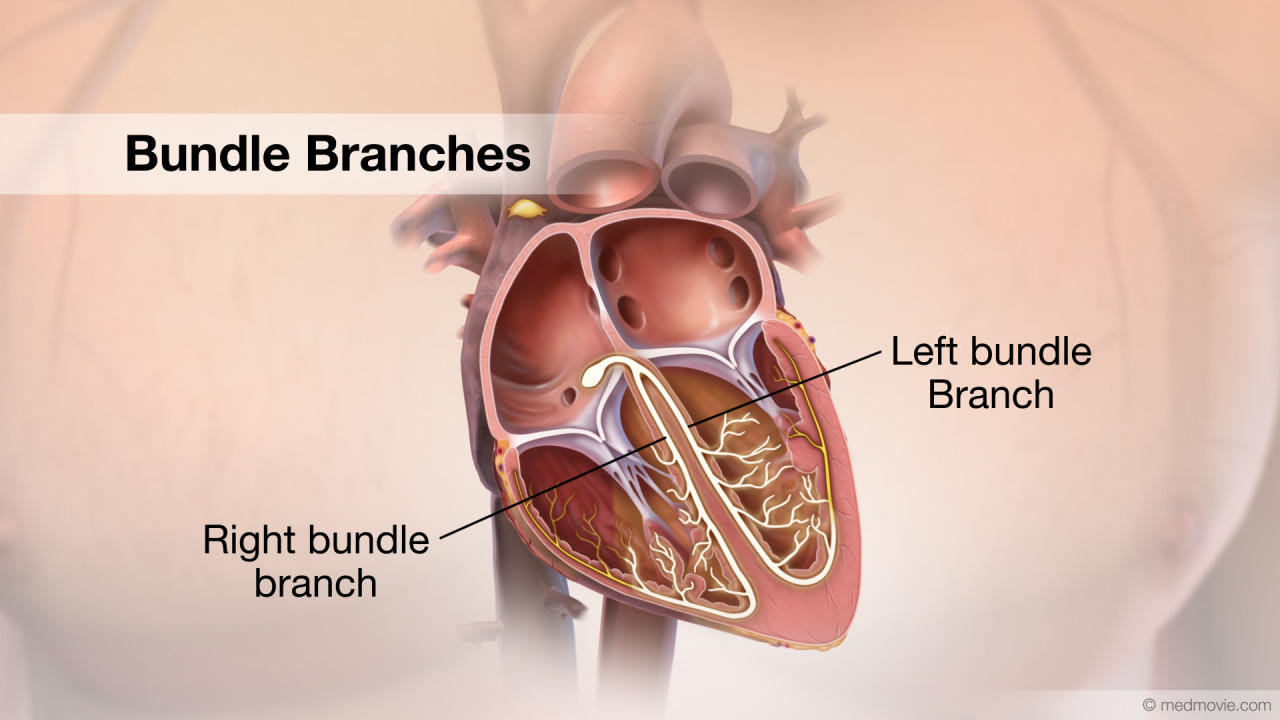
. Sympathetic innervation increases the rhythmicity of the SA node and the heart rate increases. Your hearts electrical system controls the timing of your heartbeat by regulating your. The autonomic nervous system ANS is responsible for controlling many physiological functions.
Each time your heart beats electrical signals travel through your heart. The Autonomic Nervous System. All this activity produces electrical waves we can measure.
The expansion and contraction control blood flow through your heart and body. A healthy heart supplies your body with the right amount of blood at the rate needed to work well. It induces the force of contraction of the heart and its heart rate.
Your hearts electrical system controls the rate and rhythm of your heartbeat. Terms in this set 22 electrical system controls the speed of your. If disease or injury weakens your heart your bodys organs will not receive enough blood to.
The heart test called an ECG electrocardiogram is a graphical picture of the hearts electrical activity. Your heartbeat is triggered by electrical impulses that travel down a special pathway through your heart. On the other hand parasympathetic innervation decreases the rhythmicity and conduction decreasing the heart rate.
In addition it controls the peripheral resistance of blood vessels. The hearts pacemaker sends out an electrical signal impulse that spreads throughout the heart along electrical pathways. The electrical system also is called the cardiac conduction system.
These signals cause different parts of your heart to expand and contract. The impulse starts in a small bundle of specialized cells located in the right atrium called the SA node. Heart rhythm which is the synchronized pumping action of your four heart chambers.
Careful analysis of the ECG reveals a detailed picture of both. Your heart muscle is made of tiny cells. S-A node A-V node and His.
Your hearts electrical system controls the timing of your heartbeat by sending an electrical signal through these cells. The SAN is found in the top of the right atrium. Hearts electrical path and reading an EKG.
By careful placement of surface electrodes on the body it is possible to record the complex compound electrical signal of the heart. The atrioventricular AV node located on the interatrial septum close to the. 2The signal is able to travel along these pathways by means of a complex reaction that allows each cell to activate one next to it stimulating it to pass along the electrical signal in an orderly manner.
Two different types of cells in your heart enable the electrical signal to control your heartbeat. 1The electrical signal travels through the network of conducting cell pathways which stimulates your upper chambers atria and lower chambers ventricles to contract. The electrical conduction system of the heart transmits signals generated usually by the sinoatrial node to cause contraction of the heart muscle.
The SA node and the AV node receive innervations from the autonomic nervous system for the control of heart rate. The parasympathetic nerves do the opposite. These pathways transmit the signal from the upper to the lower chambers of the heart which causes the heart muscle to contract.
Regular rhythmic electrical signals keep the heart pumping blood to the lungs and the body. The pacemaking signal generated in the sinoatrial node travels through the right atrium to the atrioventricular node along the Bundle of His and through bundle branches to cause contraction of the heart muscle. SA node sinoatrial node known as the hearts natural pacemaker.
The electrical system of your heart is the power source that makes this possible. Conducting cells carry your hearts electrical signal. The sympathetic nerves increase the heart rate and increase the force of contraction.
Name the 3 parts of your hearts electrical system. Your hearts electrical system is made up of three main parts. The heart conduction system is the network of nodes cells and signals that controls your heartbeat.
This tracing of the electrical signal is the electrocardiogram ECG also commonly abbreviated EKG K coming kardiology from the German term for cardiology. Heart rate which is the number of times your heart beats per minute. The autonomic nervous system has two parts - The sympathetic nervous system and the parasympathetic nervous system.

How The Heart S Electrical System Works Heart Electrical Pharmacology Nursing Medical Knowledge
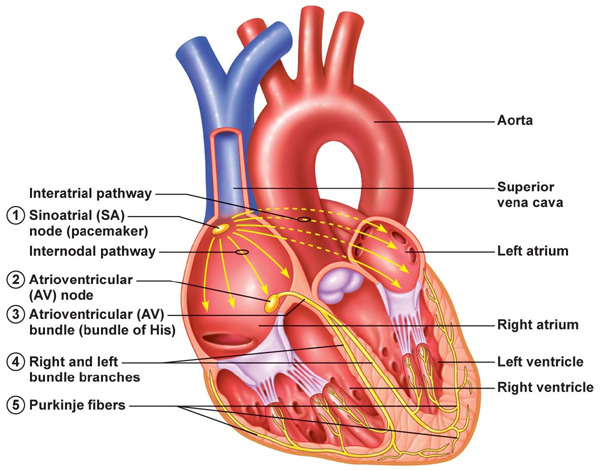
Electrical Signals Of The Heart

Pin On Patient Information Pages
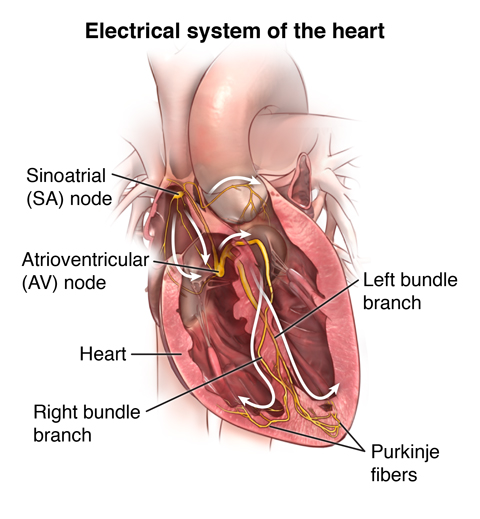
Anatomy And Function Of The Heart S Electrical System Johns Hopkins Medicine
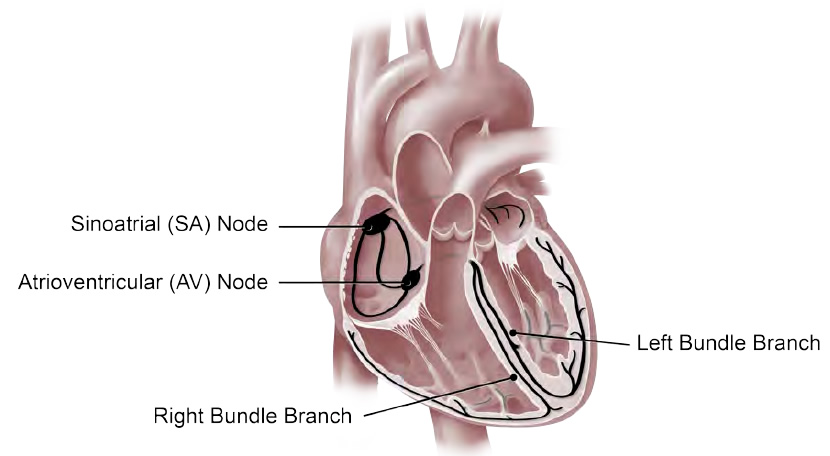
The Heart S Electrical System University Of Ottawa Heart Institute

Pin On A Fib Atrial Fibrillation

The Heart S Electrical System Cardiac And Thoriacic Surgery Associates

The Heart S Electrical System Lurie Children S
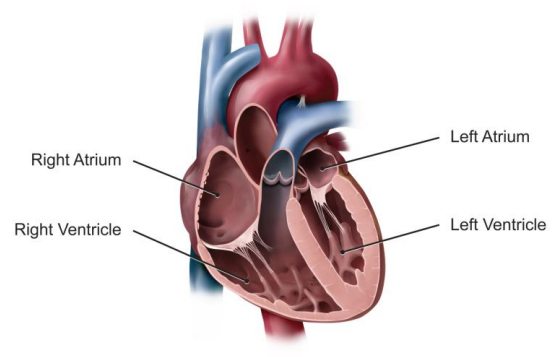
The Heart S Electrical System University Of Ottawa Heart Institute
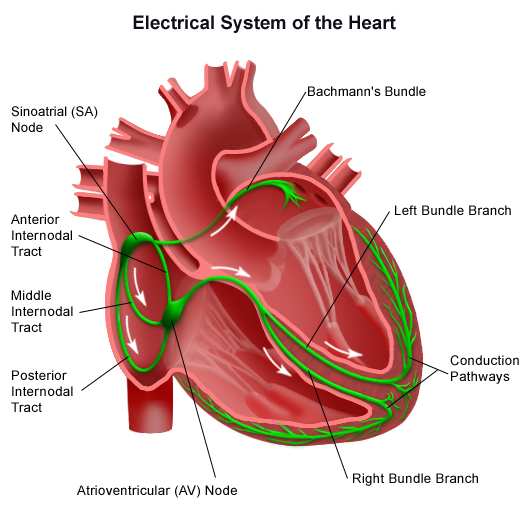
Anatomy And Function Of The Electrical System

Valves Of Heart Heart Valves Physiology Cardiac Nursing

Electrical System Of The Heart Heart Diagram Heart Electrical Electrical System

Hearts Conduction System In Order Order Of Cardiac Conduction System Order The Impulse Passes Cardiac Muscle Cell Cardiac Nursing School Survival

Kak Razrabotat Sverhprostuyu Sensornuyu Sistemu Dlya Prilozhenij Promyshlennogo Monitoringa Proekty In 2021 Sensor System Heartbeat Monitor

Actually Quite Impressed With My Heart Diagram I M Trying To Change My Feed Up A Little As I Feel It S A Bit Repeti Study Notes Science Notes Heart Diagram
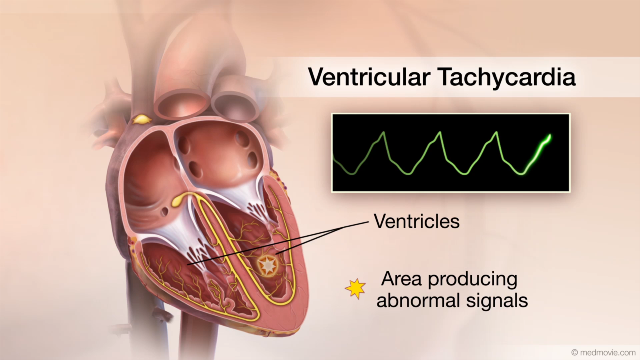
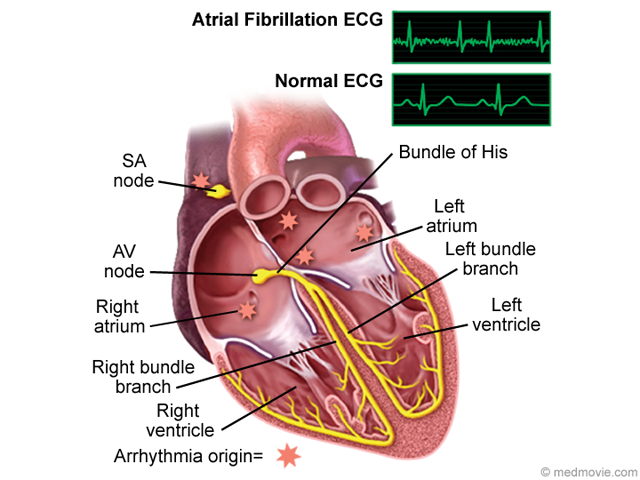
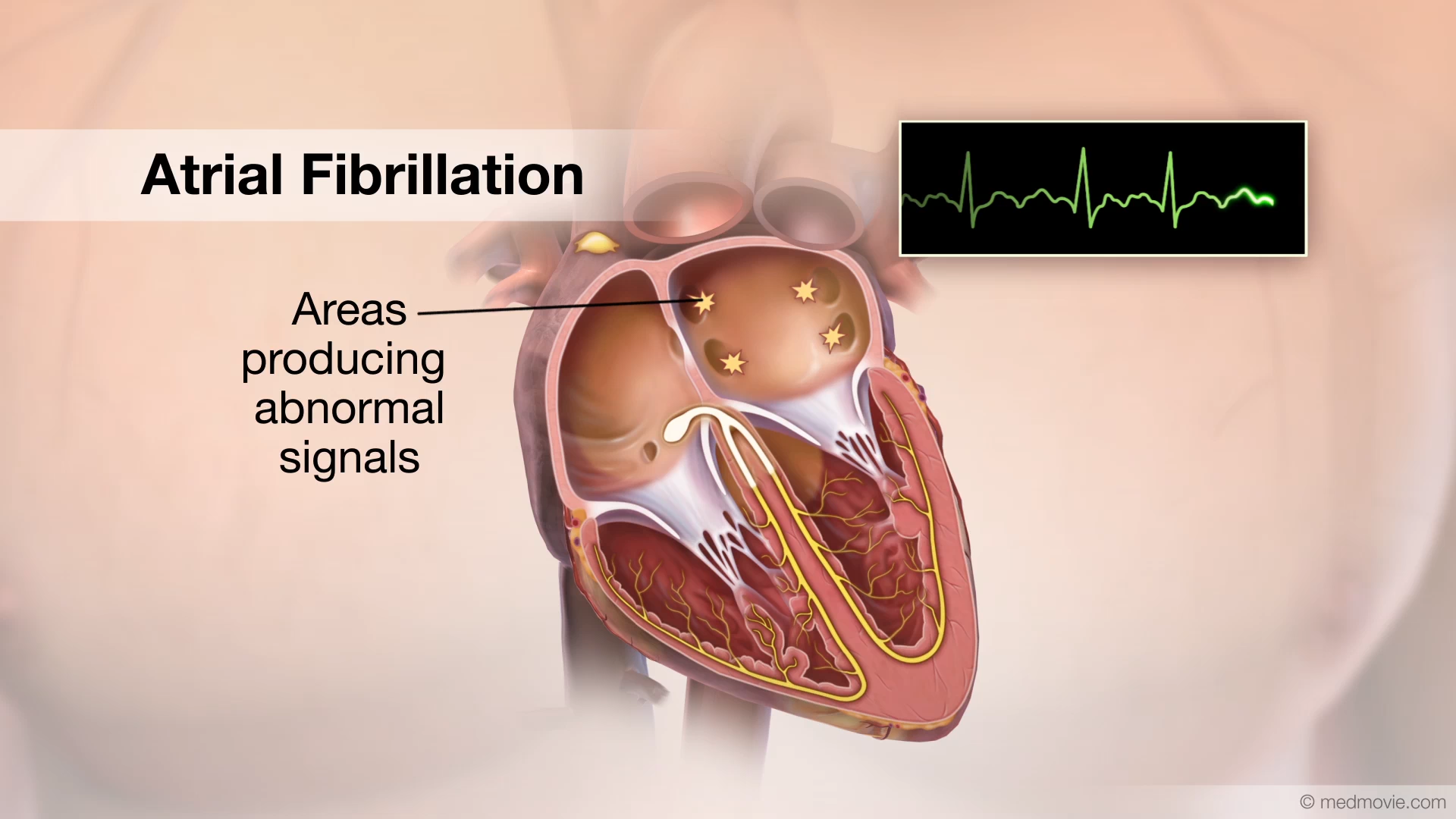

Comments
Post a Comment